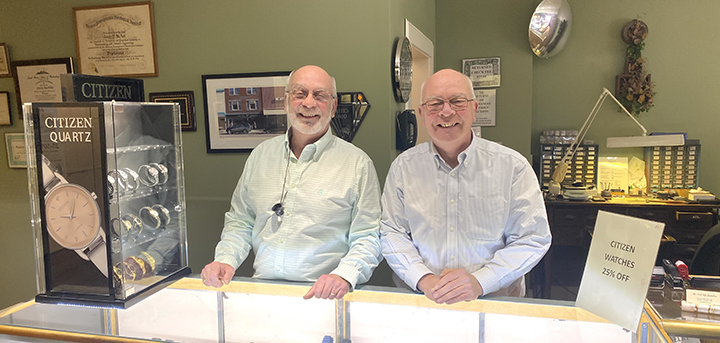Monthly Health Topic: Harmful Algal Blooms
Published:
July 5th, 2023
CHENANGO COUNTY — Harmful algal blooms (HAB) contain harmful algae and/or cyanobacteria that proliferate in slow-moving or stagnant bodies of water like lakes and ponds. Exposure to HAB can result in illness to people and animals; aquatic ecosystems may also be negatively impacted.
HAB often appears as foam, scum, mats, or spilled paint. Algal blooms can present in a variety of colors: blue, green, brown, yellow, orange, or red. The most often reported color in Chenango County is green. There is no way to tell if an algae bloom is toxic or not by looking at it. When in doubt, stay out!
Algal blooms can be toxic. Keep people, pets, and farm animals away from water that appears to have a HAB.
Don’t swim or wade in areas with blooms. Rinse with clean water if you, your family, or your pets have contact with blooms. Don’t eat fish caught from areas with blooms. Speak with your healthcare provider if signs of illness appear after contact with HAB.
Pet and livestock illnesses and deaths can happen rapidly if animals consume large amounts of water containing HAB. Seek veterinary care if you notice signs of illness in your animals after exposure to a HAB.
Consider contacting a healthcare provider if you, your family, or your animals are experiencing symptoms related to algal blooms. Symptoms include diarrhea, nausea, vomiting; skin, eye, or throat irritation; and allergic reaction or breathing difficulties.
If you are not on a public water supply and are using surface water: Bloom or no bloom, never drink, prepare food, or make ice with untreated surface water. You may also consider not using it for washing, especially if it looks cloudy or is drawn from an area with a known HAB.
During a bloom, don’t drink, prepare food, or make ice with surface water, even if you treat the water yourself. Boiling water will not remove HAB toxins.
Chenango County Environmental Health Services may perform analyses on bodies of water with suspected HAB that serve as source water for households. Further information on HAB can be found at the Department of Environmental Conservation (DEC) site www.dec.ny.gov/chemical/83310.html. This site contains additional information on harmful algal blooms, including confirmed locations of active blooms.
Persons with questions or requiring additional information may contact the Chenango County Health Department at 607-337-1660.
-Information provided by the Chenango County Health Department
Comments









